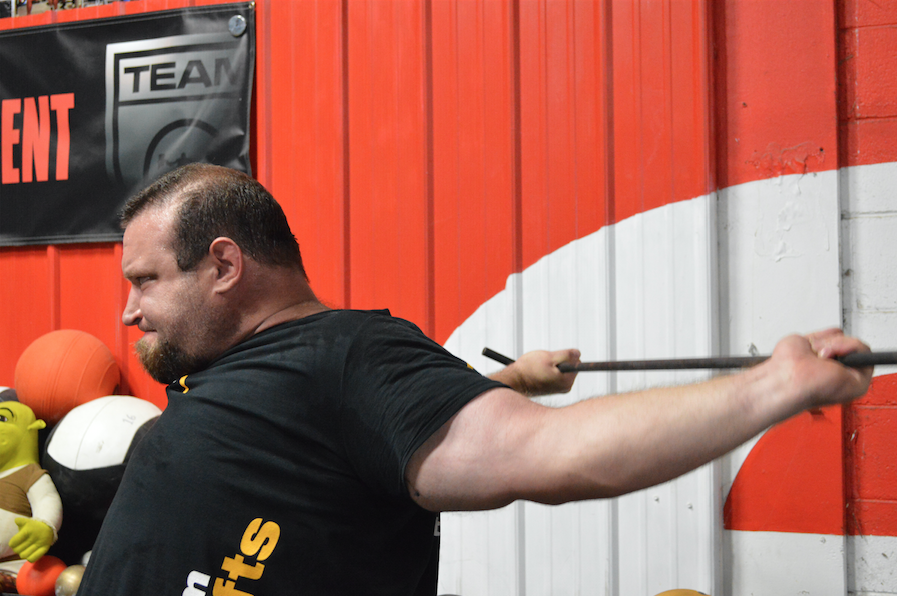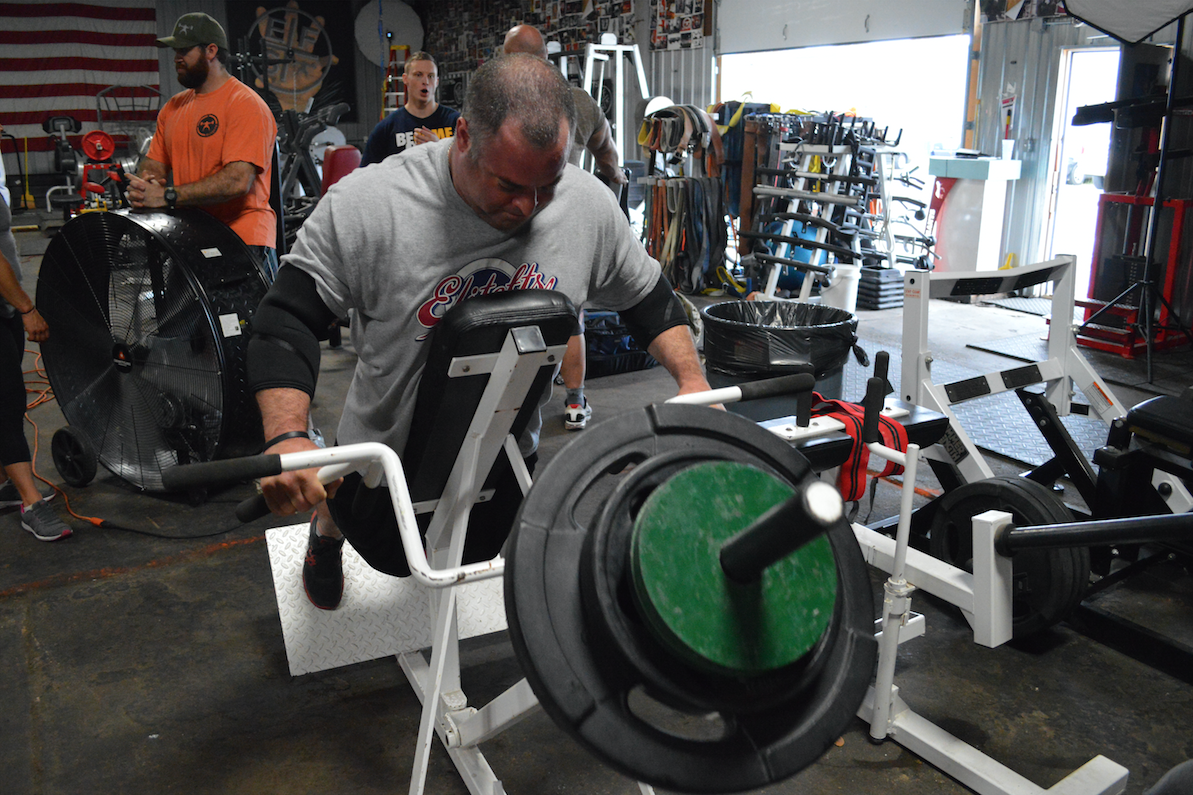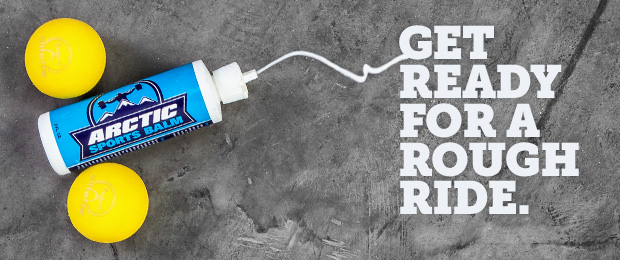
I don’t always do what I know is best for me, and for a few years now, recovery training has been one of these things. Like most things, it’s always easy to come up with excuses, and I had plenty for not keeping up with active recovery training. My big ones were working a ton, being short on time and not being able to get in and out of the gym without talking. Since I set up my own gym in my garage, I've been keeping up with recovery training movements religiously and they really are worth the small amount of time they take.
I've always preached how good and important these sessions are, even when I wasn’t doing them. Now that I'm back to doing them again, I feel like they are even more important than I've said in the past. It really is amazing how much they help speed musculature recovery, especially considering how simple and quick a session can be. When I train with a very high intensity, I'll do a recovery session the following day. When I wasn't doing the recovery sessions, I would get a lot of delayed onset soreness on the second day. But with these short sessions, my muscles feel great on the second day. It's enough of a difference that I'll definitely keep up with this training.
Foam Rolling: Mechanical Pressure and Its Performance Implications
There is probably some great science I could use to convince people to try these, but I'm a blue-collar kind of guy and prefer to embrace “simple.” These are uncomplicated sessions. The basic idea is to flush the muscle with fresh blood and, therefore, more nutrients to help them recover. This is the idea I try to keep in mind when I'm training. I want to pump as much blood into and through the muscle as possible without exerting a huge amount of energy. This basically means very high reps with very light weight. I feel that it's also good for the ligaments and tendons, which generally don’t have very good blood supplies. You'll be pumping some fresh nutrients through them without adding the stress that comes with heavy weights. A secondary effect of these quick and short sessions is that they still give you the feeling of being in the gym. For people like me, that helps my mental well-being.
When my team and I first started doing these sessions, we were more strict with how we performed them. We actually timed the length of each exercise and kept track of the rate at which we were performing reps. The goal was for the exercise to last 3–5 minutes, with a rep done every 7–10 seconds. We also didn't rest the weight but supported it the entire time.
I still remember the first time I tried this. Because it sounded easy, I grabbed 100-pound dumbbells to do the bench press for five minutes. I think I made it two minutes before I was dying. It took me a little while to let go of my ego and remember what it was supposed to be about. Over time, the strictness of these sessions ended because we forgot a stopwatch or ended up just training more by feel or going by reps. We found that it worked just as well doing 30–50 reps and not worrying so much about the time. Now, I don’t even always count reps. I just keep doing them until the muscles are fully pumped. Like I said, I just try to keep in mind that it’s all about pumping a bunch of blood through the muscles.
RECENT: Are You Hearing Advice But Don't Know How to Listen?
These sessions are very simple, and you don’t have to put much thought into them. They can be done on the same day as your regular training session or the following day. If you train in the morning, you can do your recovery that night or the next day. If you train in the evening like me, you can do them in the morning on the following day or even in the evening. I do mine 24 hours after each max or dynamic session. Just pick one exercise for each muscle group that you worked in your prior sessions. For example, if I did max effort bench on Thursday evening, I'll do my recovery Friday evening. Let’s say on that Thursday I did 3-boards to a max effort, triceps dumbbell extensions, barbell rows, military presses, face pulls, dumbbell curls and abs. So for my recovery session, I would do barbell bench presses for 30–50 reps (I would probably use about 135 pounds) followed by 30–50 reps of JM presses (with maybe 95 pounds). Then I would do lat raises for 30–50 reps (with 25-pound dumbbells) and maybe some band pull-aparts for 50 reps. This would take 15–20 minutes at most.
Right now, I only have 25-pounds dumbbells so I just use them for any recovery dumbbell exercise. If it feels really light, I just do more reps. It's important to remember that it isn't about the weight. It's just about pumping blood. If you’re trying to use too much weight, you'll defeat the purpose, which is to simply speed recovery so that in your next heavy session, you’re ready to kill it again.
I won't lie. There is a bad side. Recovery sessions are as tedious as hell. I rank them right up there with stretching. Going into the gym to grab light weights and do high reps is almost sacrilegious to me. I get through these sessions by reminding myself that they will help me recover faster so that I can go that much harder in my next real training session. I also think of it as testing myself to see how much humdrum monotony I can take. In all reality, it's just 15–20 minutes and it makes a big difference in your overall training and recovery. I really believe that anyone who tries these will see how much of a difference they can make.
Keep it simple and remember that it's just about pumping some blood through the muscles. I've even done quick recovery sessions at home with just bands. That worked great, so don't be afraid to be creative with it. You can also use the Prowler or sled for recovery. Sometimes, the simplest things really are the best, and this is one very simple thing that makes a huge difference in your muscles' recovery.












